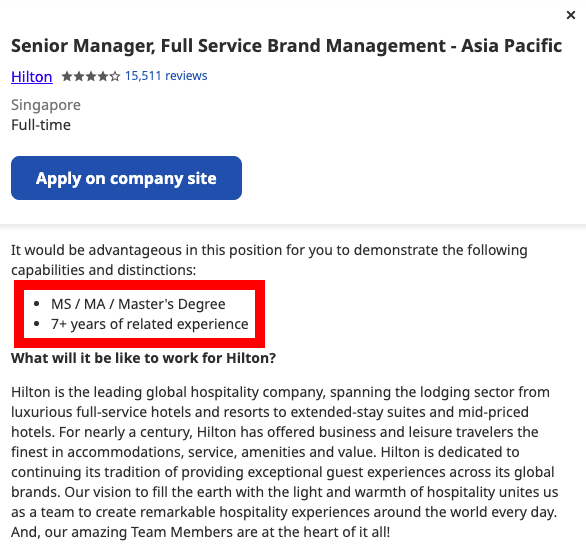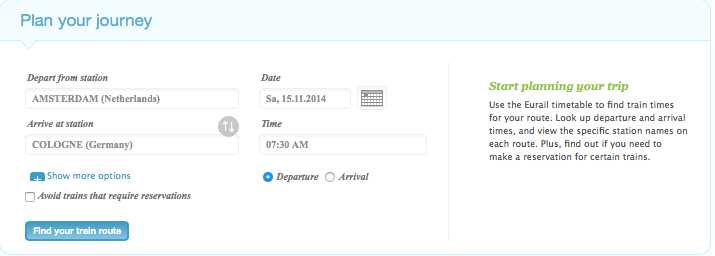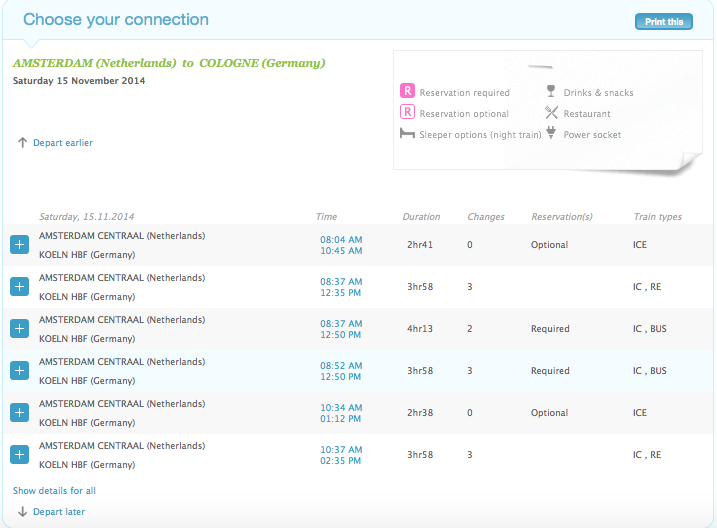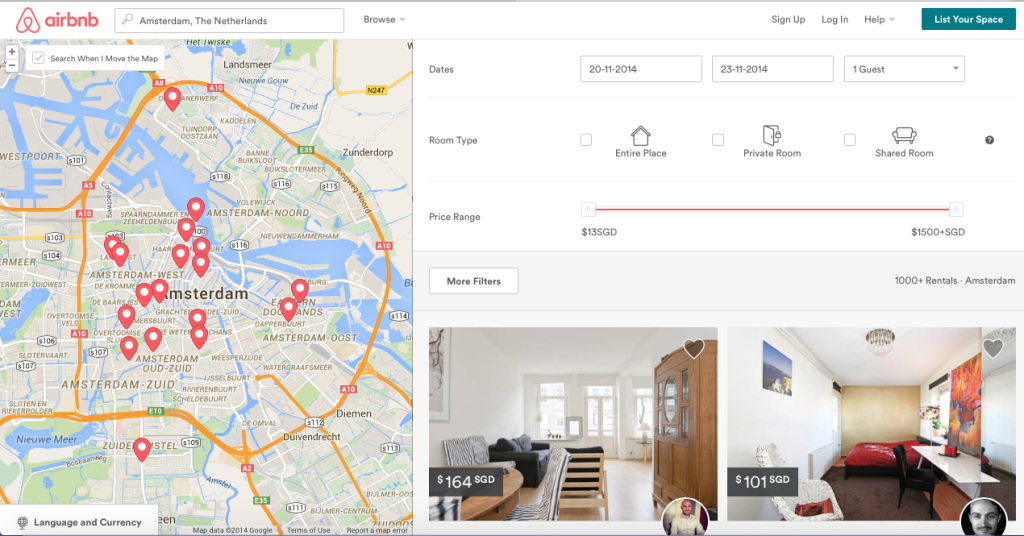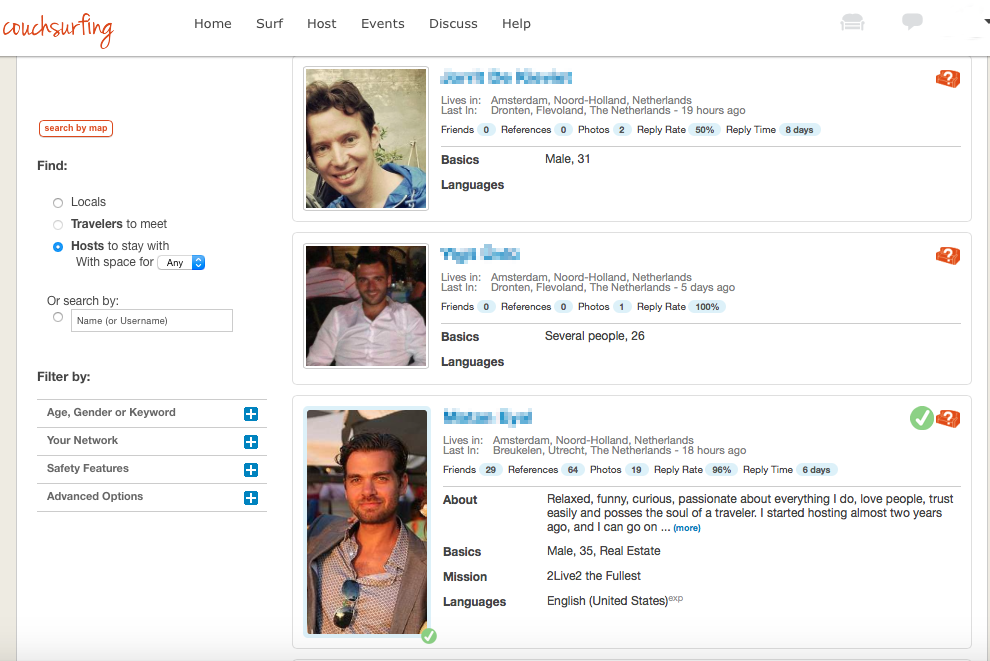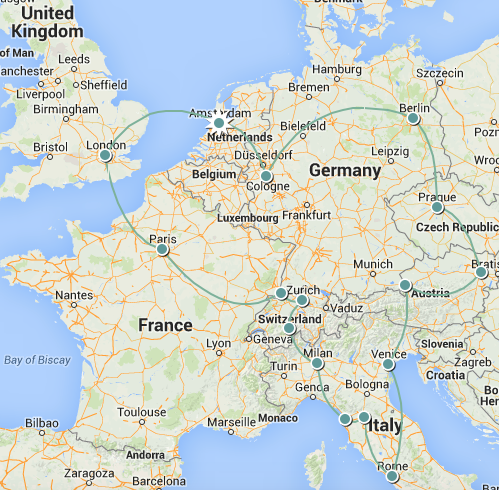Yes, I don’t deny that living in the moment is cool.
Life is short after all and there’s nothing wrong with wanna grab it by the horns and steering it in whatever way you deem fit.
But…
Planning ahead in life is equally important too.
You can’t just always leave it to luck to determine your course or go with the flow all the time.
It’s time to find out ways to help you get better at planning in life—short- or long-term.
What’s your “now”?
To get started, you need to know how to get started.
So I want you to access what’s your present situation, your “now.”
Simply put, where you are in currently in life and where you want to get to. Maybe it’s furthering your education, getting promoted to a managerial position, or making use of every public holiday to travel out and see a new place.
Aha, which brings me to bring this to your attention:
Travel Thursday: 3D2N Itinerary to Miri, Malaysia at $204.20/pax (flights + hotel)
It’s a new series I’ve started yesterday and if you love traveling as much as I do, but trying not to spend too much, check out the above article.
Okay, so back to the topic.
Wait, we’re still on point.
You see, planning also applies to traveling.
I used to plan for my travels months before so I get the best deal. But sometimes, life gets busy and we don’t have extra time to sit down and plan the nitty gritty.
And that’s okay.
That itinerary is prepared in view of Labor Day’s long weekend so we’re still some time away from it.
Buy your plane tickets and book your hotel ASAP if you want to avoid price hikes!
Where do you want to get to?
For those who are not travel freaks, let’s look at another example, shall we?
For instance, maybe you want to get promoted at work.

Image Credits: theladders.com
That’s one big goal, right?
It’s time to break down that goal into actionable mini-goals you can take to move closer to your destination.
If I were you, I would find out the criteria to get promoted.
Speak to your hiring manager about their plans to hire a manager or senior manager and what they are seeking in terms of qualifications, etc.
Or you can simply search job portals to see if your company has put up any hiring notices.
These job ads and their relevant descriptions are your blueprints for getting promoted.
That’s because you know what is required for you to be considered for a more senior position.
Just take a look at this recent job ad put up by Hilton for a senior manager position:
Whether it’s a degree, a graduate degree, or top-up certifications, you know where your next goal should be—start studying.
Are 5-year plans necessary?
I’ve read much advice asking people to draft a 5-year plan.
Honestly, I don’t have one and I think I’m doing not too bad. But it ultimately depends on you.
If you can’t even keep to a simple list of new year’s resolutions, then a 5-year plan is just going to flop.
I would rather have actionable plans for the first 6 months and then add more along the way than craft an ancient scroll that I won’t even relook at.
Okay, so let’s sum things up. To get better at planning ahead in life: reevaluate your present situation, think about where you want to get to and write down actionable steps you can take within the next 6 months to get things moving. One step at a time works better in the long term than trying to sprint and tire yourself out halfway, yeah.


